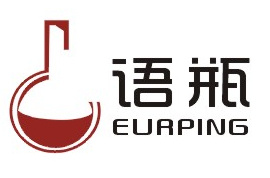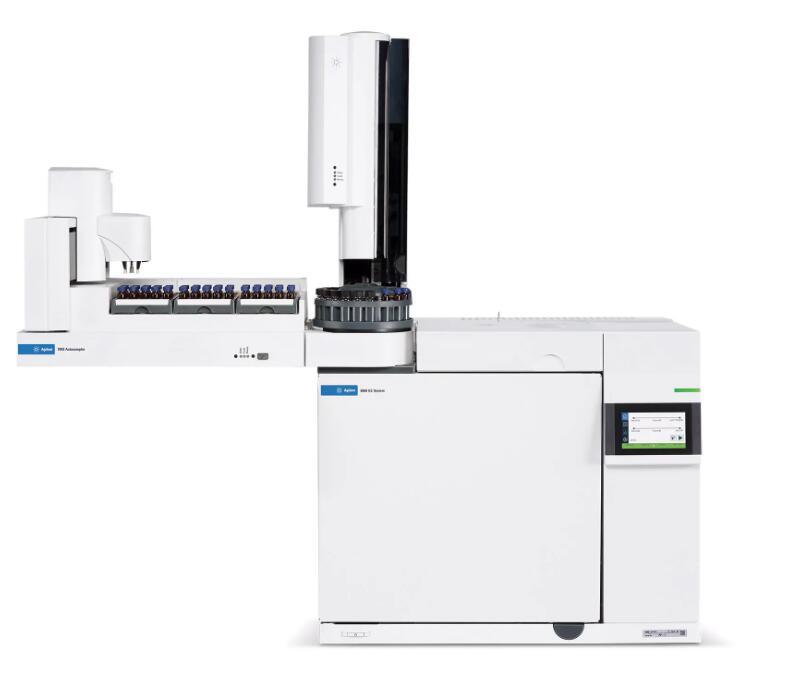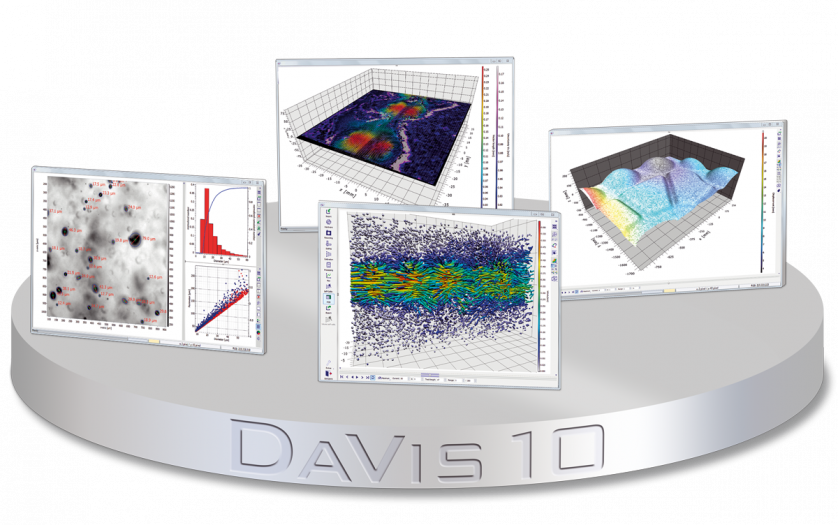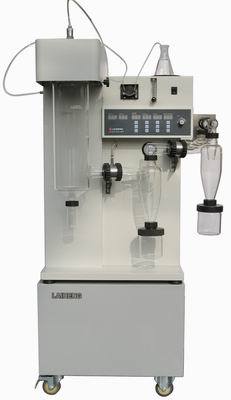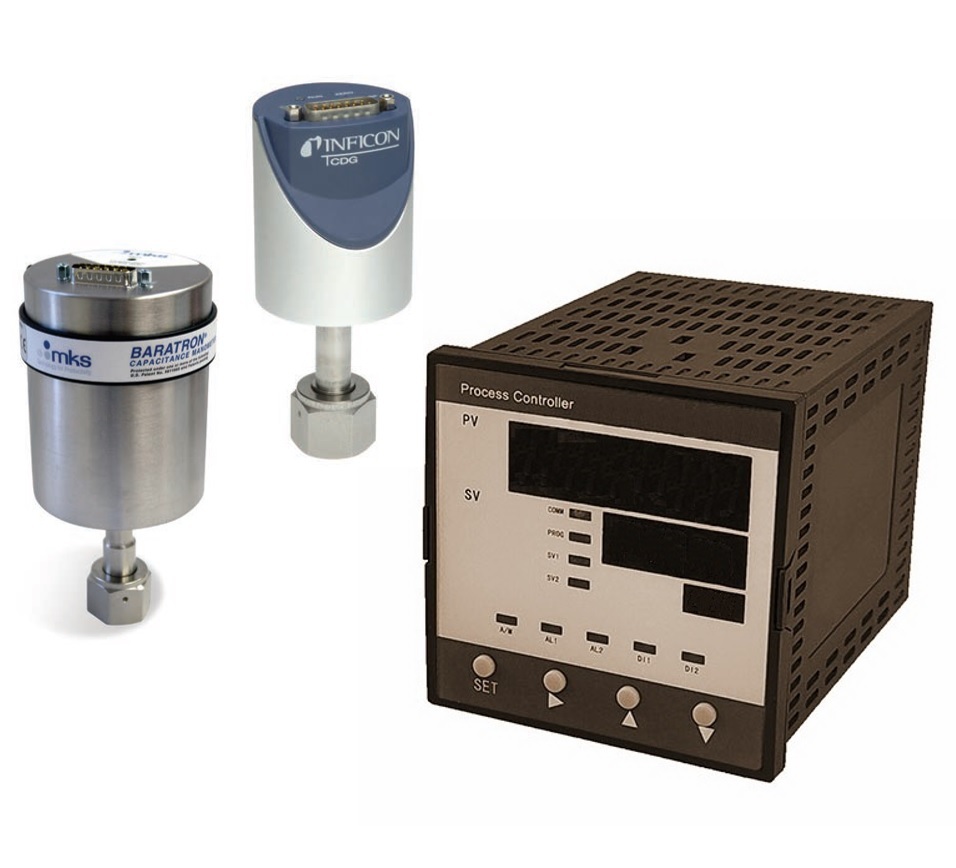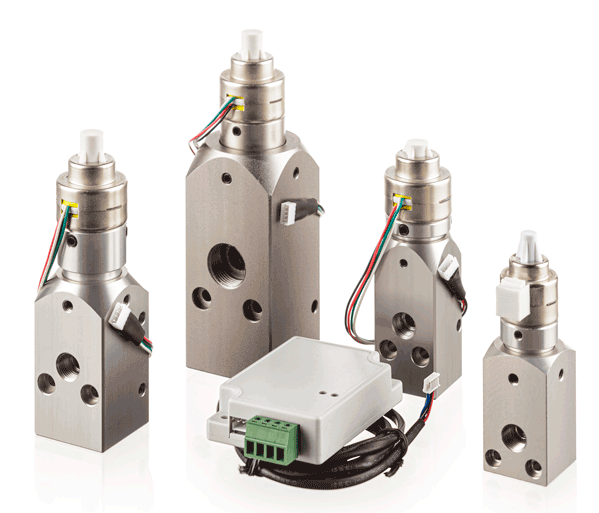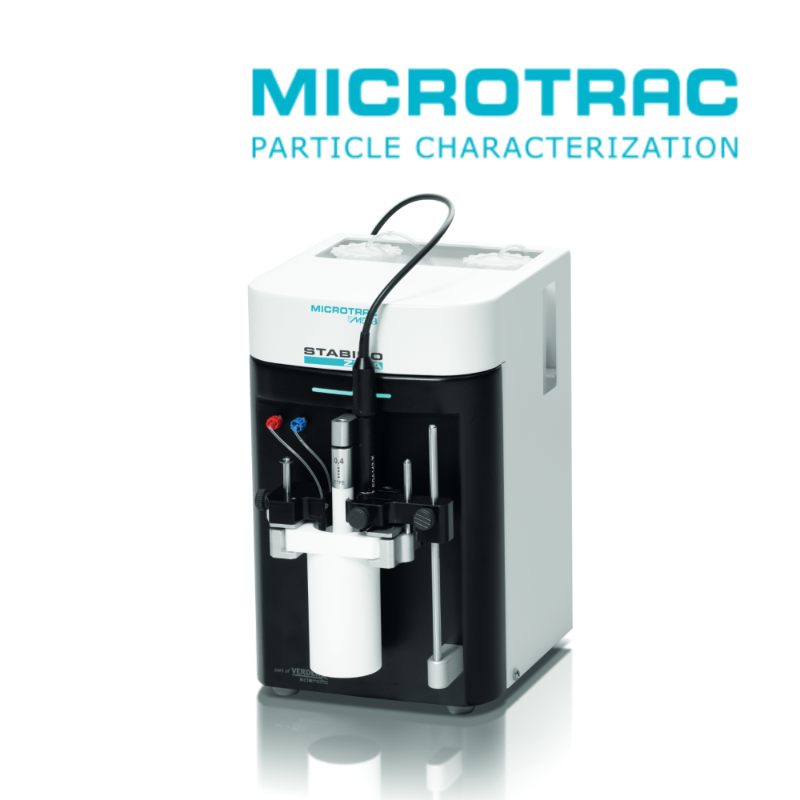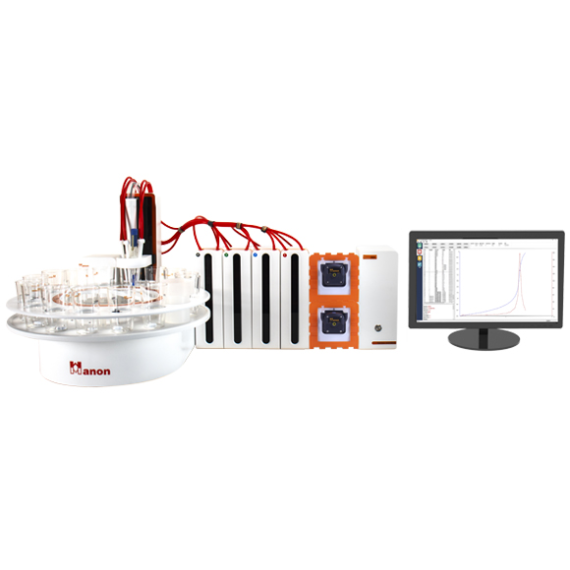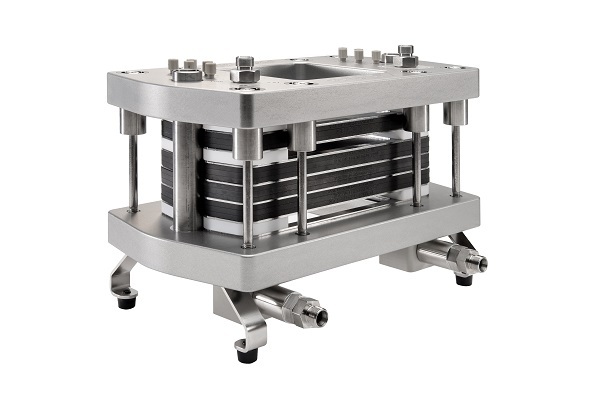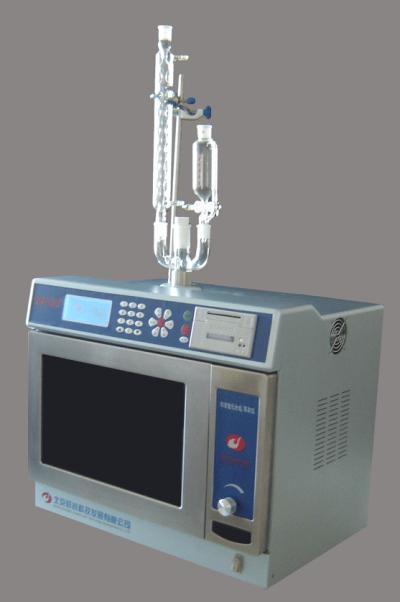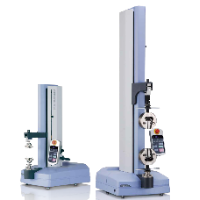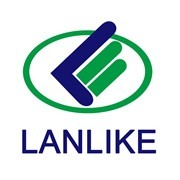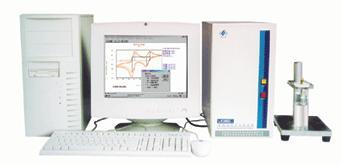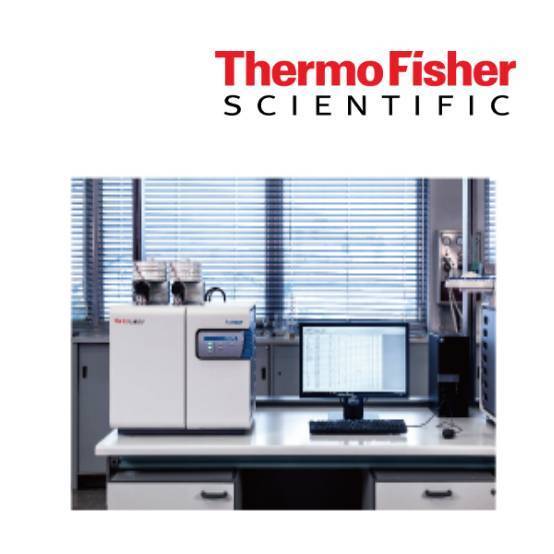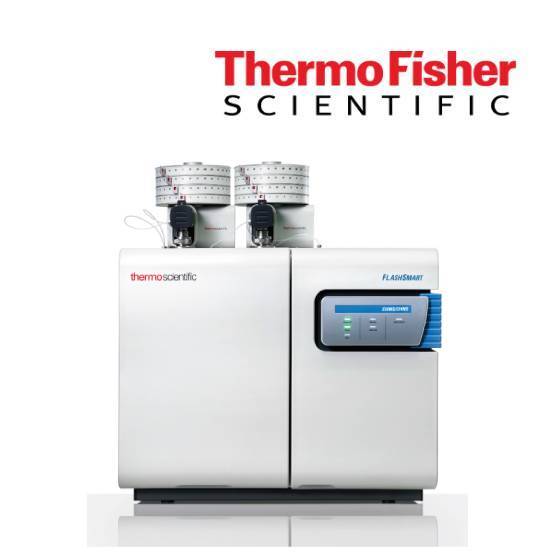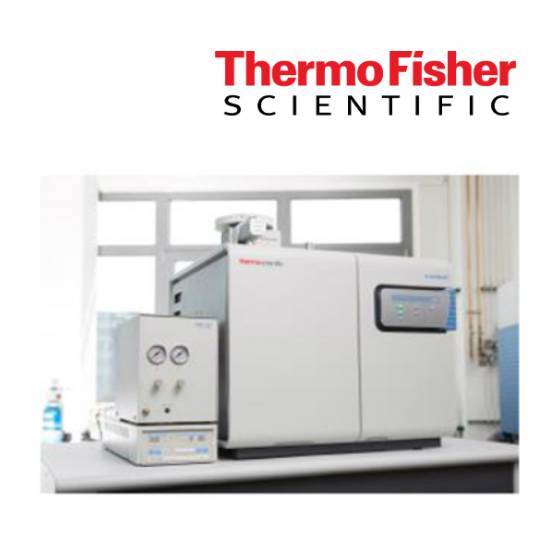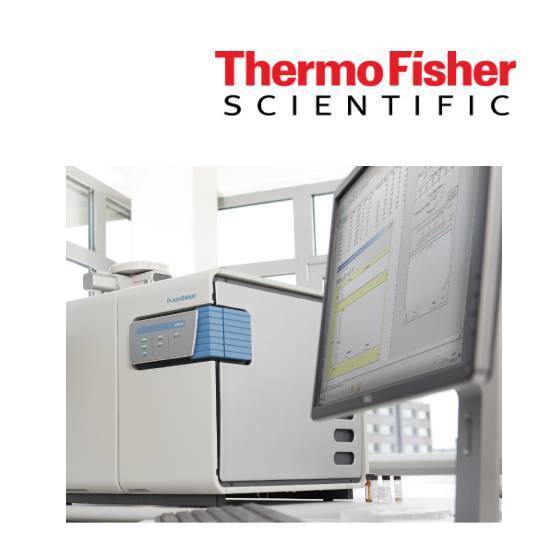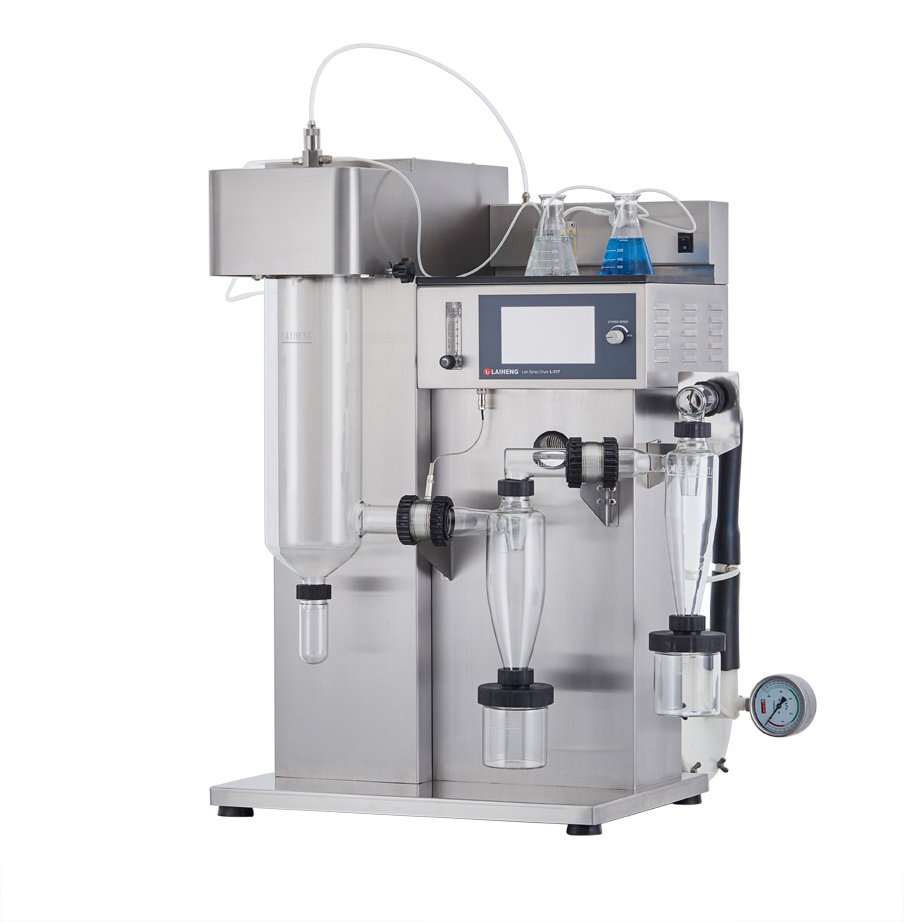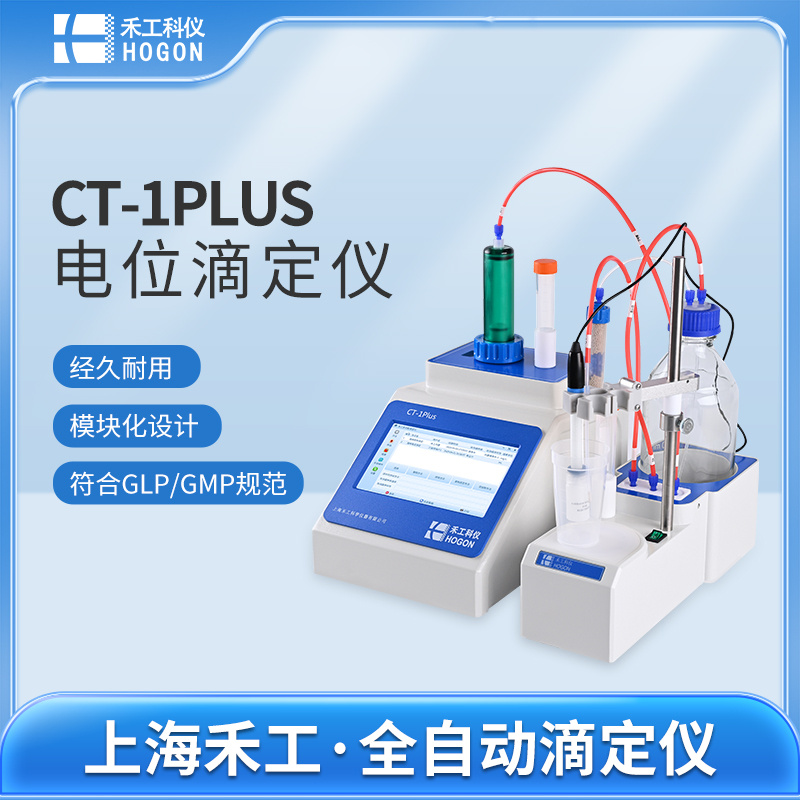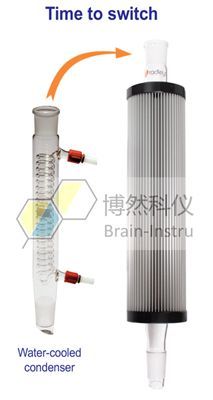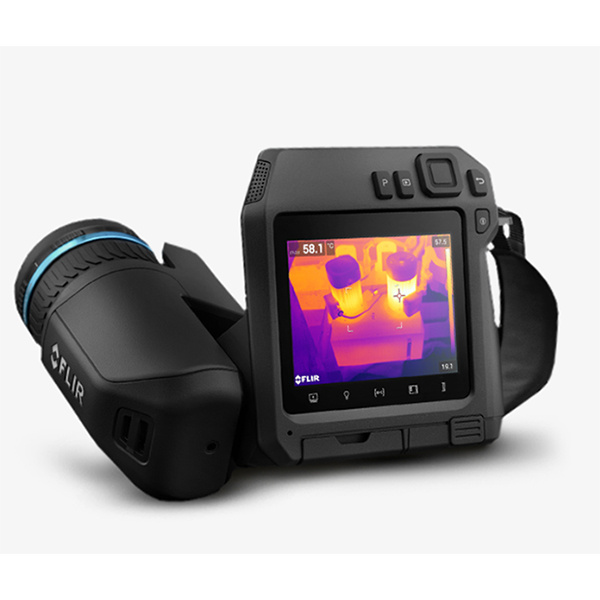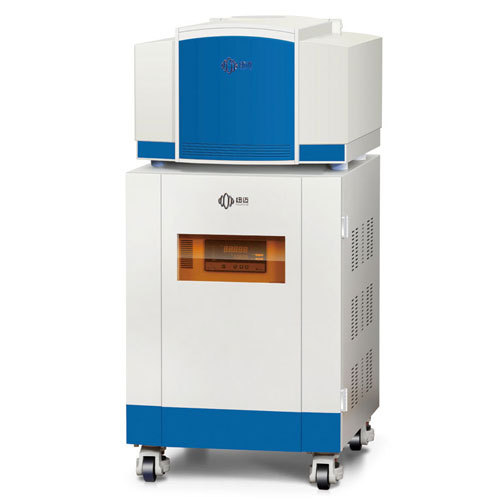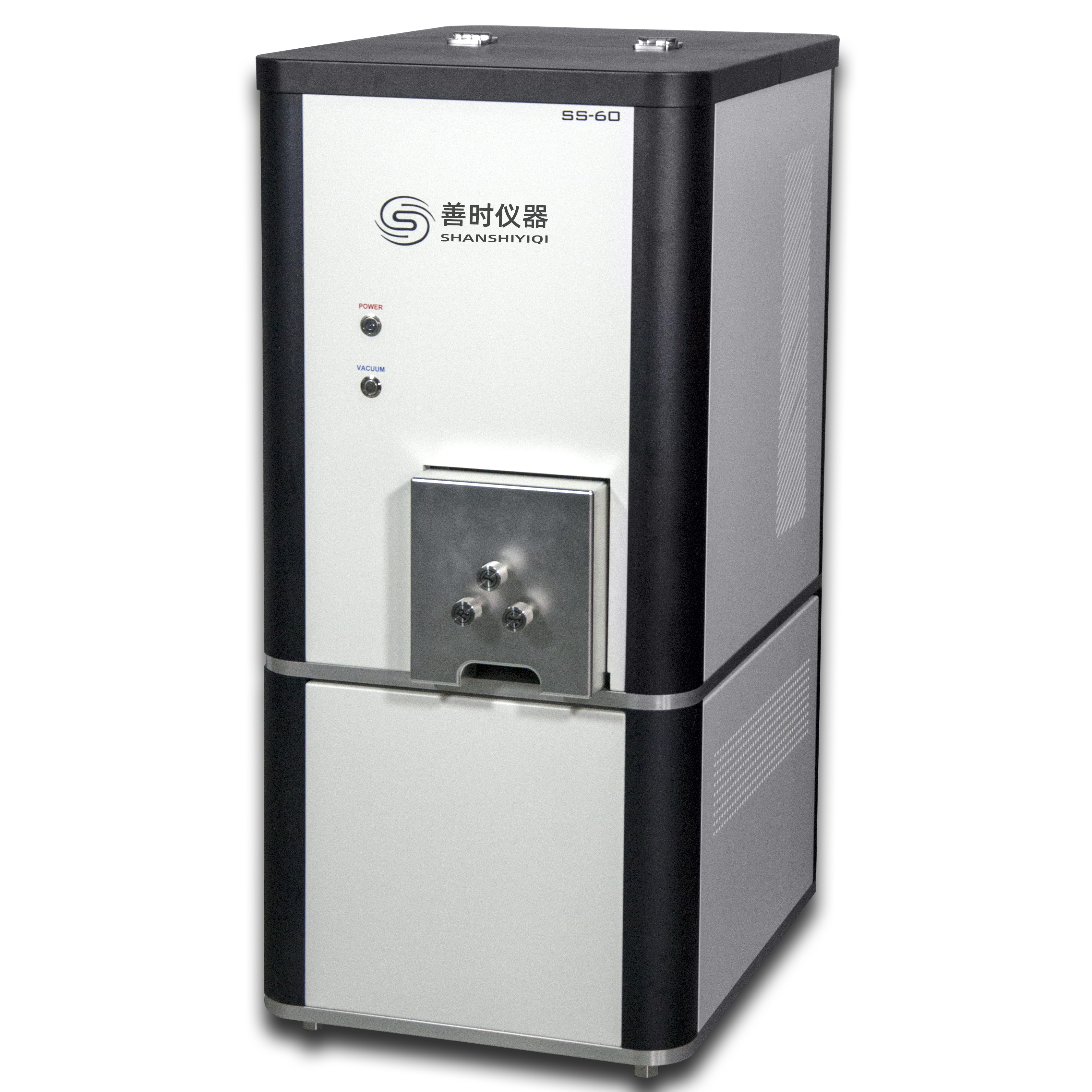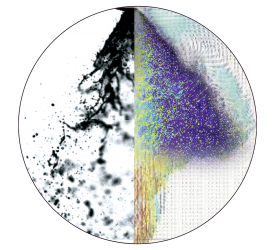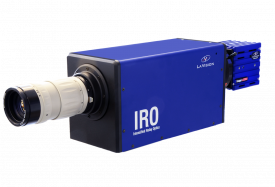磷酸铁 碳酸锂中磷酸铁锂检测方案(喷雾干燥机)
磷酸铁锂具有热稳定性好、充放电效率高、环境友好、价格便宜的特点,被认为是极有潜力的锂离子电池,特别是动力锂离子电池正极材料。
目前,研究者们广泛采用高温固相法、液相法、共沉淀法、微波加热等方法来合成磷酸铁锂,并通过碳包覆或掺杂等方式来提高材料的电导率以发问其电化学性能。
喷雾干燥法是从料液中获得超微干粉的一种较好的方法,这种由液态经过雾化和干燥在瞬间直接变成粉体的过程,已经广泛应用于食品、医药、电子和材料等一些与原材料颗粒大小密切相关的领域。与其他一些粉末生产相比较,喷雾干燥法具有如下一些优点:
1.可以保证组分分布均匀,精确控制化学计量比,适合制备多组分的复合粉末;
2.保证粉末具有较高的纯度和活性;
3.喷雾赤豆工序简单,生产过程连续,产能大,生产效率高,有利于工业化生产;
4.喷雾干燥的颗粒大都呈规则的球形,有利于提高粉末的振实密度。
检测样品:
其他
检测项:
磷酸铁锂
北京来亨科学仪器有限公司
查看联系电话
前往展位
湍流预混钝体火焰中引燃几率的模拟和实验研究检测方案(流量计)
The ignition characteristics of a premixed bluff-body burner under lean conditions were
investigated experimentally and numerically with a physical model focusing on ignition
probability. Visualisation of the flame with a 5 kHz OH* chemiluminescence camera
confirmed that successful ignitions were those associated with the movement of the
kernel upstream, consistent with previous work on non-premixed systems. Performing
many separate ignition trials at the same spark position and flow conditions resulted
in a quantification of the ignition probability Pign, which was found to decrease with
increasing distance downstream of the bluff body and a decrease in equivalence ratio.
Flows corresponding to flames close to the blow-off limit could not be ignited, although
such flames were stable if reached from a richer already ignited condition. A detailed
comparison with the local Karlovitz number and the mean velocity showed that regions
of high Pign are associated with low Ka and negative bulk velocity (i.e. towards the
bluff body), although a direct correlation was not possible. A modelling effort that
takes convection and localised flame quenching into account by tracking stochastic
virtual flame particles, previously validated for non-premixed and spray ignition, was
used to estimate the ignition probability. The applicability of this approach to premixed
flows was first evaluated by investigating the model’s flame propagation mechanism
in a uniform turbulence field, which showed that the model reproduces the bending
behaviour of the ST-versus-u curve. Then ignition simulations of the bluff-body burner
were carried out. The ignition probability map was computed and it was found that the
model reproduces all main trends found in the experimental study.
检测样品:
其他
检测项:
引燃几率的模拟和实验研究
北京欧兰科技发展有限公司
查看联系电话
前往展位
聚氰基丙烯酸正丁酯微球中无皂乳液聚合制备过程检测方案(微波合成仪)
在微波辐射的“非致热效应”作用下,采用不含乳化剂的无皂乳液聚合,制备了聚氰基丙烯酸正丁酯( PBCA)微球。通过透射电子显微镜观察了微球的形态结构,利用激光光散射粒度测定仪测定了微球的粒径大小及其分布,探讨了柠檬酸浓度、氰基丙烯酸正丁酯(BCA)用量、微波辐射功率等对微球粒径的影响。研究
结果表明,与常规无皂乳液聚合相比较,微波作用下的无皂乳液聚合反应时间缩短,得到的PBCA微球粒径更小,分散性更好。柠檬酸浓度增加, PBCA微球粒径逐渐增大;单体浓度增加,或微波功率增加, PBCA微球的粒径先减小后增大。当柠檬酸质量分数为01005%、BCA体积分数为110%、微波功率为600 W时,所制得的
微球粒径最小,为200 nm左右。
检测样品:
其他
检测项:
无皂乳液聚合制备过程
北京祥鹄科技发展有限公司
查看联系电话
前往展位
Two Refineries App Note中Two Refineries App Note检测方案(能散型XRF)
Fire assay is an established and proven method for testing the purity
of gold jewelry and other objects. Nevertheless, it is a destructive and time-consuming process requiring the use of hazardous chemicals. X-ray fluorescence has emerged as a non-destructive alternative to the fire assay method, with comparable accuracy in just minutes. XRF instrumentation is now available in portable units ideally suited for countertop use in retail environments for accurate testing of any precious metal. In a test against two different refineries using fire assay to evaluate two gold ingots from the same melt, an XRF analyzer provided results just as accurate as one refinery, and even more accurate than the second refinery. The test results provided in this article were performed using the Thermo Scientific? Niton? DXL Precious Metal Analyzer.
检测样品:
其他
检测项:
Two Refineries App Note
参考标准:
HJ 766-2015 固体废物 金属元素的测定 电感耦合等离子体质谱法
朗铎科技(北京)有限公司
查看联系电话
前往展位
Gd3+ 掺杂纳米TiO2中光解水制氢性能检测方案(电化学工作站)
采用溶胶2凝胶法和溶胶2凝胶浸渍法制备了纯的和Gd3+ 掺杂的纳米TiO2 ,并利用XRD ,电化学, PL 光谱和UV2vis 漫反射光谱等手段对样品进行了表征。考察了焙烧温度和Gd3 + 掺杂量对TiO2 在紫外光照射下光催化分解水制氢活性的影响。结果发现Gd3+ 的掺入提高了TiO2 光解水制氢活性,并且用溶胶2凝胶浸渍法制备的Gd3 + 掺杂TiO2 光催化剂的活性优于用溶胶2凝胶法制备的光催化剂活性,Gd3 + 的最佳掺杂量为0.5%(质量分数) ,催化剂的最佳煅烧温度为500 ℃。Gd3+ 的掺入阻止了TiO2 由锐钛矿相向金红石相的转变,抑制了晶粒的生长,在紫外区的光吸收能力增强,电子2空穴对的分离效率提高,从而提高了TiO2 光催化分解水制氢活性。
检测样品:
其他
检测项:
光解水制氢性能
天津市兰力科化学电子高技术有限公司
查看联系电话
前往展位
一种磁共振造影剂前体BSAGdDTPA_n中制备、表征及体内外评价检测方案(核磁共振)
二十多年前,已经有很多学者以白蛋白作为载体共价连接DT PA再与钆螯合合成一种大分子造影剂,但这些研究多集中在其作为血池性造影剂及评价血管生成的性能;白蛋白作为一种可以被多功能修饰的前体造影剂的特性尚未被充分开发。随着分子影像学的飞速发展,磁共振的高空间分辨率给阿尔茨海默病的显示带来了希望,同时也给磁共振的灵敏度带来了挑战。提高磁共振成像灵敏度给磁共振造影剂性能提出了更高的要求,同时制备出可以进行多功能修饰的磁共振造影剂前体也是分子影像学发展的需要。本文改进了BSA一(Gd—DTPA)n的制备及纯化方法,制备出既具备高弛豫特性又还存有多个可被修饰氨基的前体造影剂,并对其体内及体外特性进行初步表征。
检测样品:
其他
检测项:
制备、表征及体内外评价
苏州纽迈分析仪器股份有限公司
查看联系电话
前往展位
仪器信息网行业应用栏目为您提供2256篇其他检测方案,可分别用于,参考标准主要有《HJ 766-2015 固体废物 金属元素的测定 电感耦合等离子体质谱法》等

